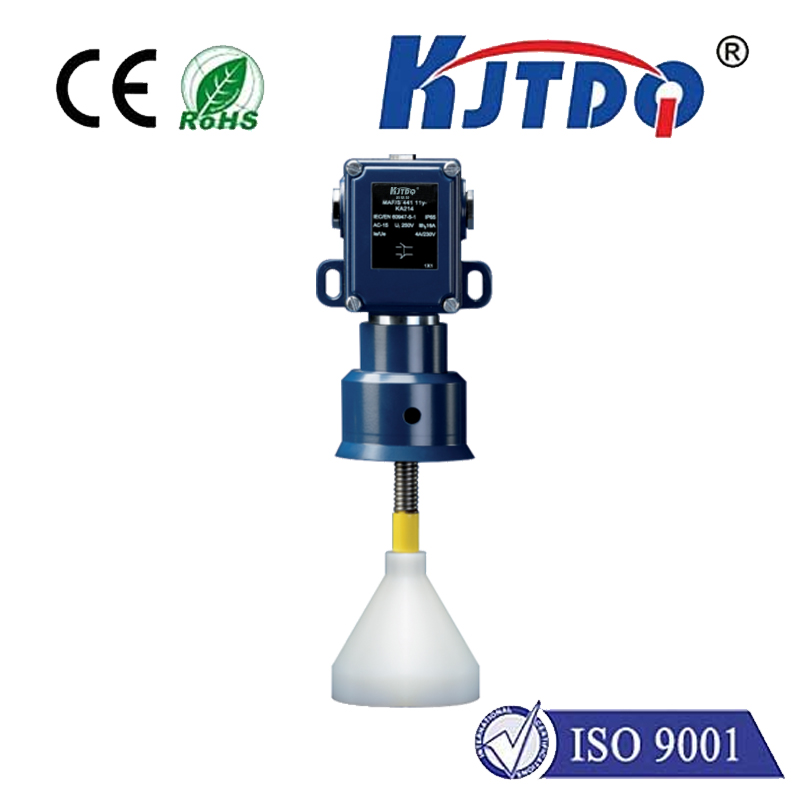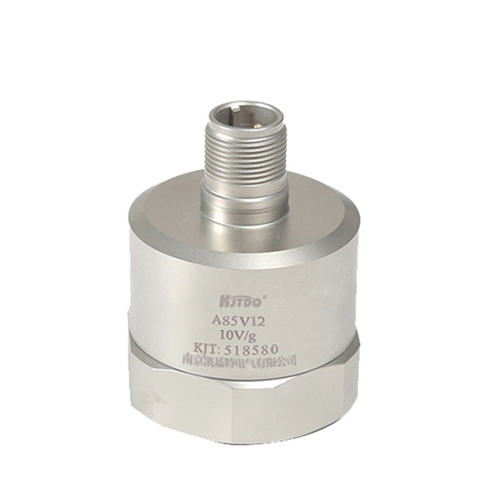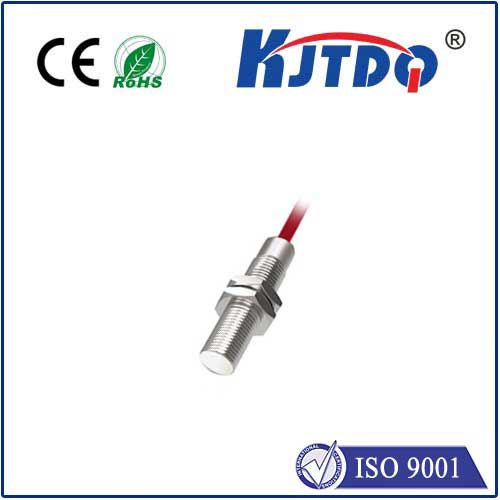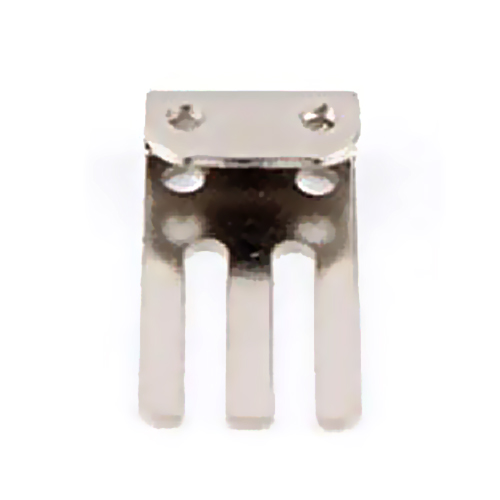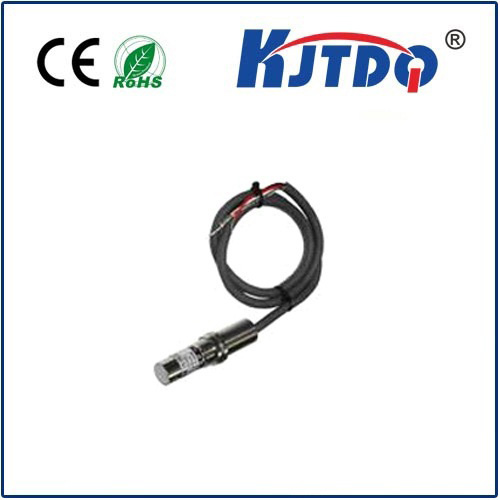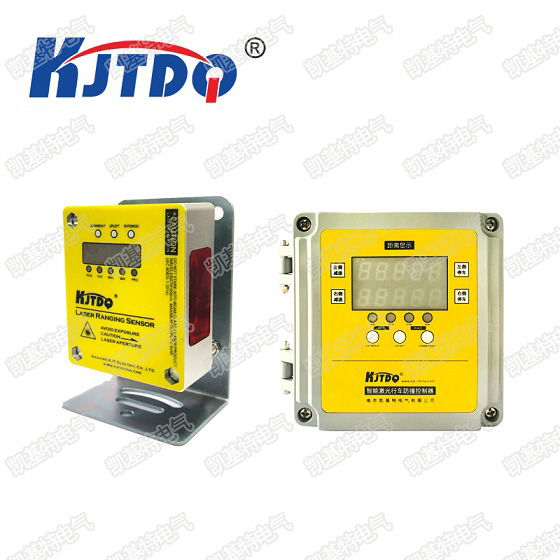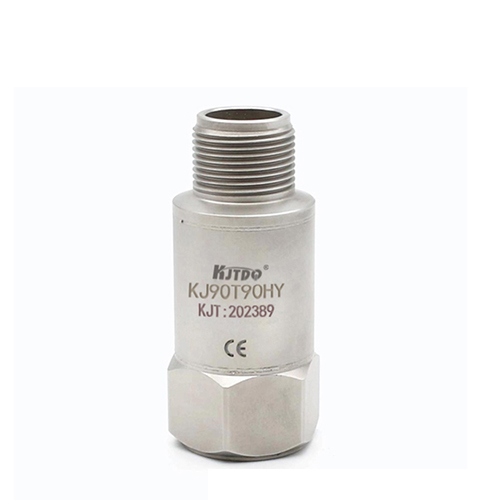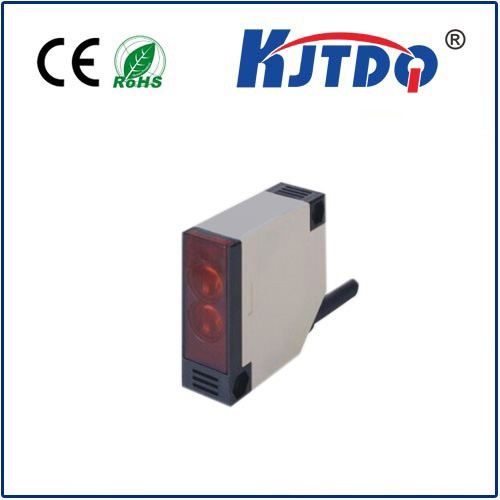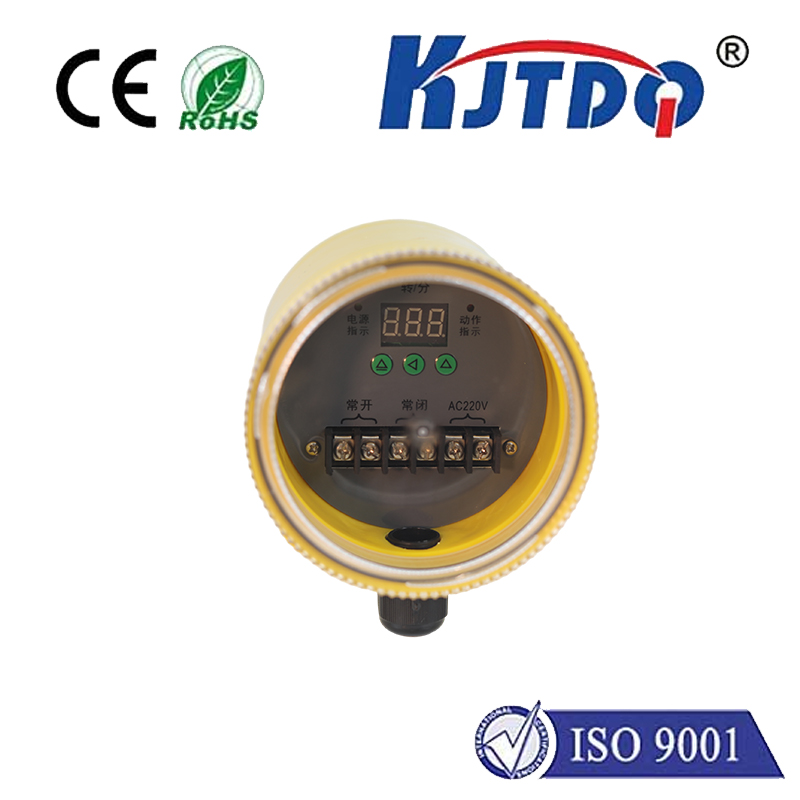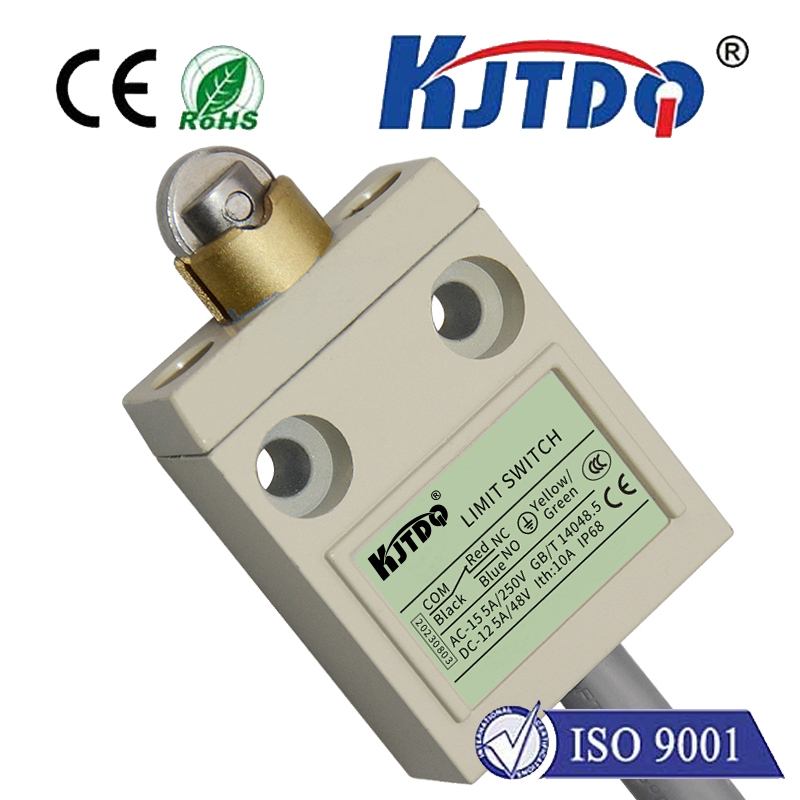safety limit switch
- time:2025-08-04 09:14:29
- Click:0
Safety Limit Switches: The Unsung Guardians Preventing Catastrophe in Industrial Settings
Imagine a massive industrial press relentlessly stamping metal components. Now imagine that press continuing its downward cycle even after detecting an obstruction – perhaps a worker’s hand or a misplaced tool. The consequences are unthinkable. This is where safety limit switches, often overlooked but fundamentally vital components, step in as the critical last line of defense. Far more than simple on/off triggers, these devices are meticulously engineered fail-safes dedicated to protecting personnel, equipment, and processes by enforcing strict physical boundaries within machinery operation. They are the silent sentinels ensuring operations halt before disaster strikes.
Understanding the Core Function: A Physical Stop Command
At its heart, a safety limit switch is a ruggedized electro-mechanical device. Its primary function is straightforward yet profound: to monitor the position or presence of a moving part and automatically interrupt the power circuit or send a signal to the machine’s control system when that part reaches a predetermined, potentially hazardous limit. Think of it as an enforced boundary, preventing over-travel that could cause crushing, shearing, or other dangerous situations.
Unlike sensors relying purely on proximity or light beams, safety limit switches typically require direct physical contact or mechanical actuation. A moving part of the machine (like a gate, crane trolley, or robotic arm) physically interacts with the switch’s actuator arm, roller, plunger, or lever. This mechanical action triggers an internal mechanism that rapidly changes the electrical state of the switch contacts.
Key Mechanisms and Design for Safety Reliability

Why the focus on physical actuation? The answer lies in safety integrity. Safety limit switches are designed with several critical features to ensure high reliability:
- Positive Opening Operation: The contacts inside a certified safety limit switch are designed such that they must physically open (break the circuit) when the actuator is moved to its “off” position (e.g., by a guard opening). Springs ensure this happens reliably, independent of the force applied to the actuator. This guarantees that the safety function will occur under the defined conditions.
- Rugged Construction: Housed in robust metallic or high-strength plastic enclosures, they withstand industrial environments – resisting impact, vibration, dust, moisture, oils, and extreme temperatures far better than many non-contact sensors.
- Force-Guided Contacts (Positive Guidance): This is a crucial safety design principle. The normally closed (NC) safety contacts and any auxiliary contacts are mechanically linked (often welded together) so that if the NC contacts weld shut due to an overload (a failure), the auxiliary contacts cannot close to signal an “all clear.” This prevents a dangerous false safe state. This inherent design significantly reduces the risk of undetected failure.
- Clear Actuation: The actuator mechanism provides a visible and tactile indication of whether the switch is engaged or disengaged.
Where Safety Limit Switches Shine: Critical Applications
Safety limit switches are ubiquitous guardians in industries where physical hazards exist:
- Machine Guarding: This is their most critical role. Interlocked guards on presses, robotic cells, conveyor access points, and CNC machines use safety limit switches. Opening the guard instantly trips the switch, cutting power or initiating a safe stop. They physically confirm the guard is securely closed before operation can commence.
- Over-Travel Prevention: Preventing cranes, hoists, lifts, or linear slides from moving beyond their safe physical end points. Hitting a limit switch stops motion immediately, preventing derailment, structural damage, or load drops.
- Position Verification: Ensuring mechanisms like valves, clamps, or pallet changers are in the correct and safe position before a process cycle begins or progresses. Think automatic doors – the switch confirms the door is fully open or fully closed.
- Emergency Stop Circuits: While distinct E-stop buttons exist, safety limit switches often form part of the overall safety circuit, providing additional layers of protection triggered by physical position.
Tangible Benefits: Beyond Accident Prevention
Implementing robust safety limit switches delivers significant advantages:
- Enhanced Personnel Safety: Dramatically reduces the risk of serious or fatal injuries caused by caught-in, crush, or shear points by reliably halting hazardous motion.
- Protection of Valuable Assets: Prevents costly damage to machinery, tooling, workpieces, and infrastructure caused by collisions or uncontrolled movement.
- Reduced Downtime: While they cause intentional stops to prevent accidents, these stops are vastly preferable to the catastrophic damage and lengthy downtime resulting from an uncontrolled incident. Preventing major damage keeps production lines running smoother overall.
- Regulatory Compliance: Meeting stringent occupational health and safety regulations (like OSHA, ANSI, ISO 13849-1, IEC 62061) is mandatory. Properly applied safety limit switches are fundamental to demonstrating compliance and avoiding penalties. Choosing switches with the right safety integrity level (SIL or PL-rating) for the risk is crucial.
- Increased Operational Confidence: Knowing that critical physical boundaries are reliably enforced allows operators and maintenance personnel to work with greater confidence near potentially hazardous areas.
Integration and Selection: Key Considerations
Integrating a safety limit switch effectively requires careful thought:
- Risk Assessment: Determine the level of risk associated with the hazard. This dictates the required Performance Level (PL) or Safety Integrity Level (SIL) of the switch and the overall safety system.
- Actuator Type: Match the actuator (lever, roller plunger, wobble stick, cams) to the application’s movement profile, speed, and mounting constraints. Ensure the actuator will reliably engage under all operating conditions.
- Environmental Suitability: Select the appropriate IP rating and material construction to withstand dust, water washdown, chemicals, temperature extremes, or explosive atmospheres if present.
- Electrical Specifications: Ensure the switch contacts (voltage, current rating, NC/NO configuration) align with the safety circuit requirements. Safety switches typically rely on Normally Closed (NC) contacts for the safety function.
- Mounting and Adjustment: Install securely to withstand vibration and accidental impacts. Ensure the actuator travel and force are correctly adjusted to guarantee reliable switching at the precise desired point without undue stress or the risk of being bypassed. The mechanical connection (cam, dog, target) must strike the actuator correctly every time.
- Integration into the Safety Circuit: The switch output must be wired into a validated safety relay or safety PLC, forming part of a monitored safety circuit designed to detect faults.
Conclusion: An Indispensable Layer of Protection
Safety limit switches represent a mature, proven, and highly reliable technology for enforcing physical safety boundaries in the industrial world. While newer technologies like safety light curtains or laser scanners offer non-contact solutions, the positive opening, forced-guided contact design and rugged mechanical reliability of safety limit switches make them indispensable in countless applications where physical confirmation and robust protection are paramount. They are not merely components; they are fundamental building blocks of a comprehensive safety strategy, silently performing their vital function day in and day out to ensure that “what if” scenarios never become tragic realities. Their consistent, dependable action is the bedrock upon which safe industrial operations are built.






